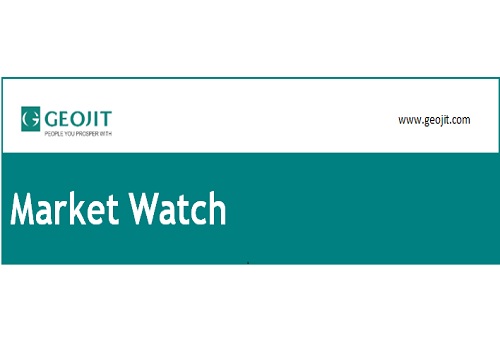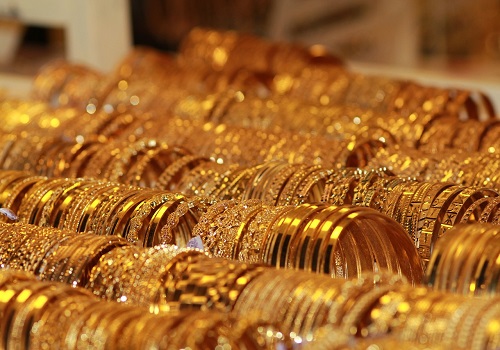Quote on Gold and Crude by Kaynat Chainwala, AVP-Commodity Research, Kotak Securities

Below the quote on Gold and Crude by Kaynat Chainwala, AVP-Commodity Research, Kotak Securities
Comex gold fell below $2,600 for the first time since mid-September, pressured by a stronger US dollar and rising Treasury yields. Investors are continuing to assess the implications of Trump's victory, particularly as several key appointments in his cabinet have adopted tough stances on China. Additionally, the World Gold Council (WGC) reported global gold ETF outflows of around $809 million in the first week of November, after a six-month streak of inflows. While North American funds led the outflows, strong demand from Asia provided some counterbalance, signaling concerns over potential US-China trade tensions. Currently, Comex gold trades above $2,610 an ounce as investors await the upcoming US CPI data. The odds of a 25-basis-point rate cut in December have decreased from 80% last week to 68%. If the figures come in higher than expected, it could further reduce the likelihood of a rate cut, putting additional downward pressure on gold prices. The Core Consumer Price Index (CPI), which excludes food and energy, is expected to remain steady both month-on-month and year-on-year at 0.3% and 3.3%, respectively, matching September’s readings. Meanwhile, the overall CPI is projected to rise by 2.6% year-over-year, slightly above the 2.4% increase recorded in September.
WTI crude oil traded within a narrow range before settling at $68.10 per barrel, holding onto sharp declines made earlier in the week. Oil prices were weighed down by a stronger dollar and OPEC's fourth consecutive month of downward revisions to its demand outlook. OPEC revised its global oil demand growth forecast for both 2024 and 2025, citing a weaker Chinese demand outlook. OPEC expects global oil demand to grow by 1.82 million bpd this year, a reduction of 107,000 bpd from last month's forecast and lowered its 2025 demand growth projection by 103,000 bpd, now expecting 1.54 million bpd yoy growth, down from the 1.64 million bpd growth projected in October. This is primarily due to a downward adjustment in China’s oil demand growth, which is now expected to increase by 450,000 bpd this year, down from the previous forecast of 580,000 bpd. Today, oil prices edged higher to $68.40 per barrel, though the upside remains limited as traders cautiously await the EIA's Short-Term Energy Outlook tonight for insights on market balance, amid growing speculation of a sizable surplus in 2025. The bearish sentiment is also reflected in the narrowing backwardation, with WTI's prompt spread hitting the lowest level since February this week.
Above views are of the author and not of the website kindly read disclaimer






















